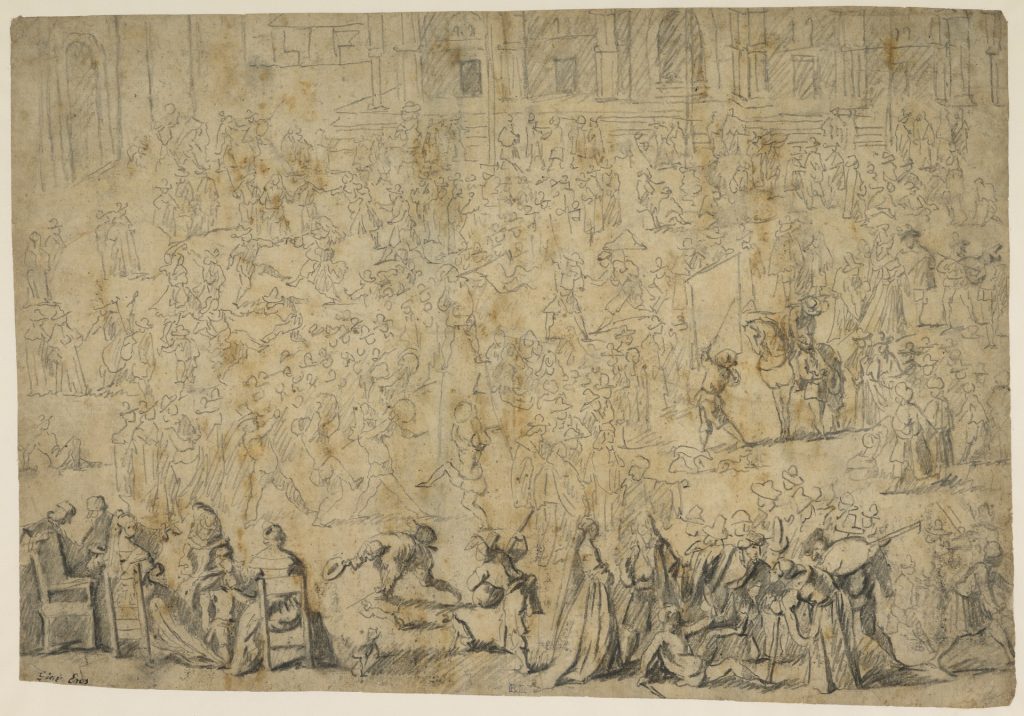
My most recent article was published last week, and it bridges the recent Artcasting project with work I am currently developing about what ‘open futures’ for digital cultural heritage may look like, and why this matters.
Ross, J. (2019). Casting a line: digital co-production, hospitality and mobilities in cultural heritage settings. Curator: The Museum Journal, 61/4. 575-592.
I’m fond of this paper. It came about because of the co-production strand at the Association of Critical Heritage Studies’ conference in 2016, where I first talked about the idea of digital co-production and got really useful feedback from some fantastic researchers. Since then I’ve been developing the idea further, and refining the key elements of digital co-production.
In a nutshell, I argue that digital co-production:
• unfolds across multiple times and spaces;
• involves the ‘unknowable other’;
• challenges the stability of relationships;
• invites a rethinking of hospitality.
I use the example of the Artcasting project to illustrate these four elements. Ultimately, the theoretical contribution is the bringing together of hospitality and mobilities to consider hospitality as a ‘trajectory’, building on David Bell‘s (2012) notion of ‘host-spots’.
In the context of co-production, trajectory invites us to consider movements of people into, through and away from the museum, taking up different positions in relation to shifting host/guest trajectories as they enter, leave, and reencounter it. A range of practices in relation to access and use of digital cultural heritage objects offers many possible trajectories of hospitality. The position of ‘host’ shifts from the museum to the aggregator web site to the user themselves as control over and location of the digital object moves. Guesting is constructed and reconfigured through timelines, searches, mentions, likes and upvotes. The user-as-host might even extend a welcome to the museum-as-guest by mentioning it on their personal feed.
All of these trajectories coalesce around an object whose meanings are shifting in the process. I think the role of the museum in this context is to set up co-productive situations that can allow for multiple hostings and guestings, and (following Doron 2009) inhabit more uncertain, less secure positions in relation to its role as ‘host’. (Artcasting was a very interesting example of this multiplicity.)
References:
Bell, D. 2012. “Moments of Hospitality.” In Mobilizing Hospitality: The Ethics of Social Relations in a Mobile World, edited by J. G. Molz and S. Gibson. Ashgate Publishing Ltd.
Doron, E. 2009. “At Hospitality’s Threshold: From Social Inclusion to Exilic Education.” Curator: The Museum Journal 52(2): 169–82.
Shout outs to Melissa Terras, Smita Kheria, Christopher Ganley, Mairi Lafferty, Ashley Beamer and Louise Rasmussen for all their contributions to the thinking-in-progress, to Phil Sheail for the work we did on hospitality that informed this paper, to Sian Bayne for reading and commenting, and to Jeremy Knox, Claire Sowton and Chris Speed for everything Artcasting related. 🙂
